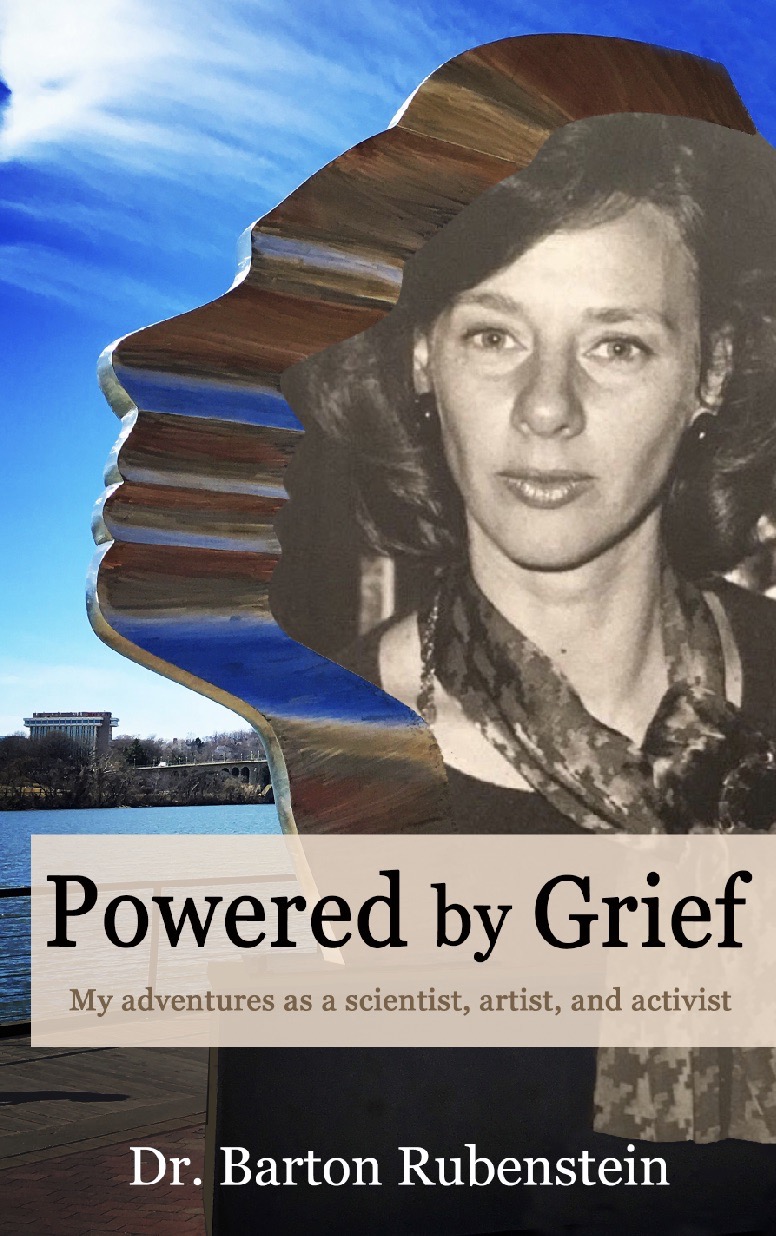Excerpts from Book
Powered by Grief
My adventures as a scientist, artist, and activist
Dr. Barton Rubenstein
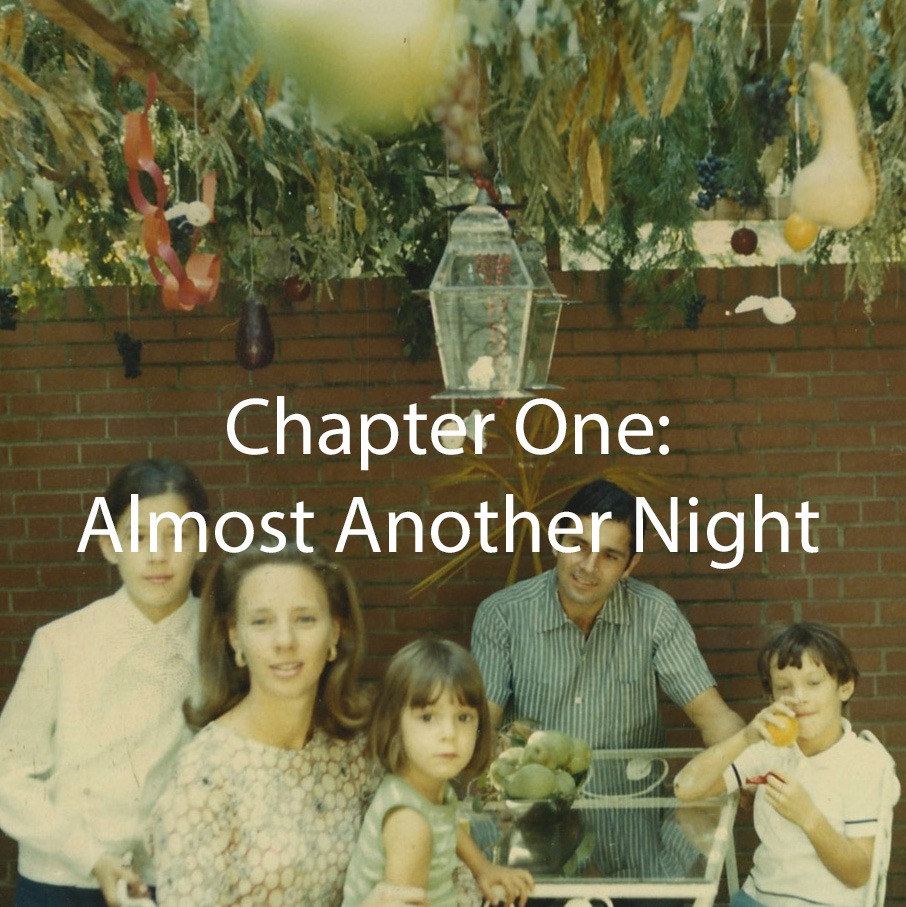
Driving home that day from varsity basketball practice was just another time of reflection, filled with thoughts of friends, sports, and girls. The thoughts of a typical high school student. I felt the exhaustion from playing, and also felt the satisfaction of having worked so hard. As I reached the crest of Nebraska Ave, about to turn right onto Davenport St., I began to hear a quiet and somber song rise out of the radio; Neil Diamond’s “Hello Again.” I wasn’t a big fan of Diamond, but this song touched a different side of me, a sadder and more emotional side. It was the type of song that made my skin tingle. Suddenly my mind shifted away from school, and back to the daily reality of living at home.
My beloved mother, Daryl Reich Rubenstein, had lain in her bed for weeks. She was in pain, but the increased dosage of morphine helped to keep her comfortable. Her cancer had gradually spread everywhere, but the most visible area was her distended stomach. I never looked too closely at her stomach; the enormous tumor was just too much for me to absorb. I pretty much kept my eyes on her face and the length of her body resting under the blankets.
My dear father, Lee Rubenstein, on the other hand, was focused on every inch of my mother, attuned to her every complaint. He watched her breath and measured her pulse continuously, and spoke to our caring doctor frequently. Dr. Philip Schein’s reputation as one of the foremost leaders in cancer treatment continues to this day. Despite his excellent credentials, he had much to learn. At that point, chemotherapy and radiation treatments were in their infancy.
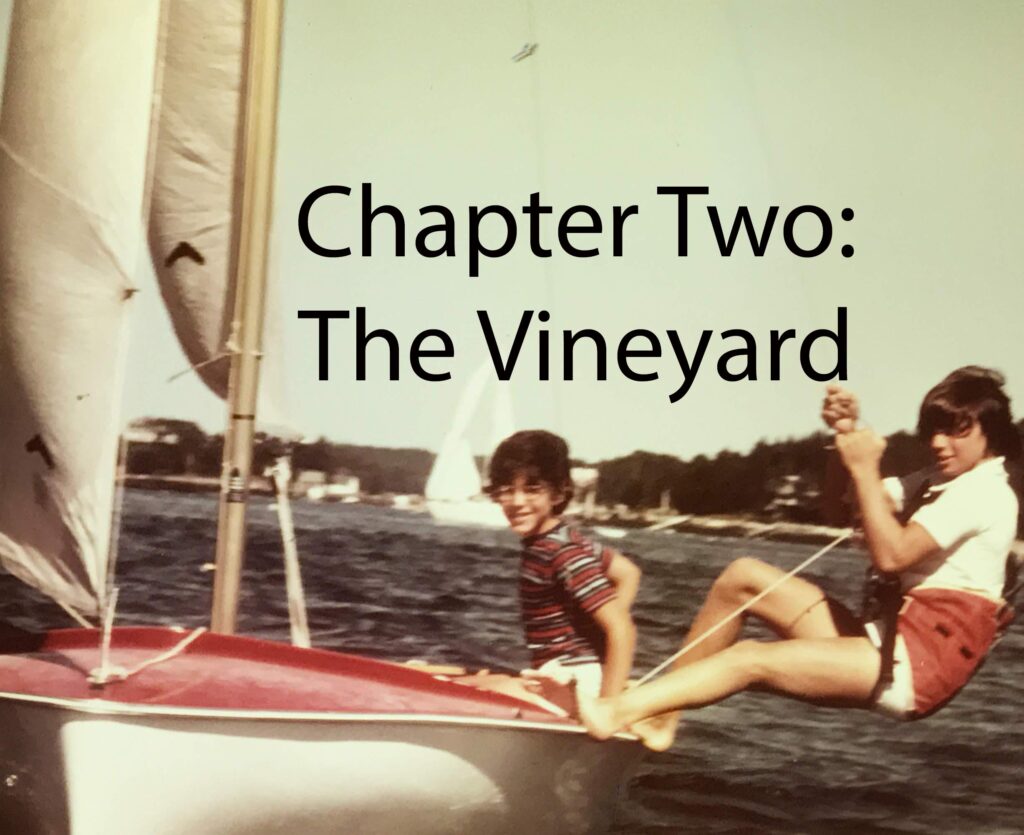
Our time on the Vineyard was filled with swimming in the cold ocean water, having meals on the back deck overlooking the Sound, sailing our small Sailfish (a cousin of the Sunfish sailboat), and playing lots of tennis. In the evenings, we biked single-file into town, with an extremely large reflector mounted on the back of the last bike. My father always had a safety solution for every situation. There, we ate Mad Martha’s ice cream, the best in the world. Rainy days were special, too. We did crossword puzzles and played scrabble. My mom typically had a seven-letter scrabble word every game. The size of her vocabulary was off the charts. I either played the piano, or my sister Beth played Carole King on her new portable record player that Pop Pop Henry had given her for her 16th birthday. The house was very simple, the rooms were fairly small, but the view of the Sound and the surrounding sloping grass lawn, the outdoor hot shower, and the beach down at the end of the staircase through the thicket, was nothing less than magical. Every type of weather dictated a different mood and activity.
These were the golden years of the Vineyard, where you could see singer/songwriters James Taylor and Carly Simon walking the streets as a couple. As a child, I wasn’t very impressed with famous people, but I did get a kick out of giving a tennis lesson to their daughter, 15 years later. My relationship with my mother during these years was formidable. Although most of what I did involved playing tennis with Dad, sailing with Dad, or doing projects with Dad, my mother and I were developing a powerful kinship. I believed we had a particularly deep connection, stronger than most.
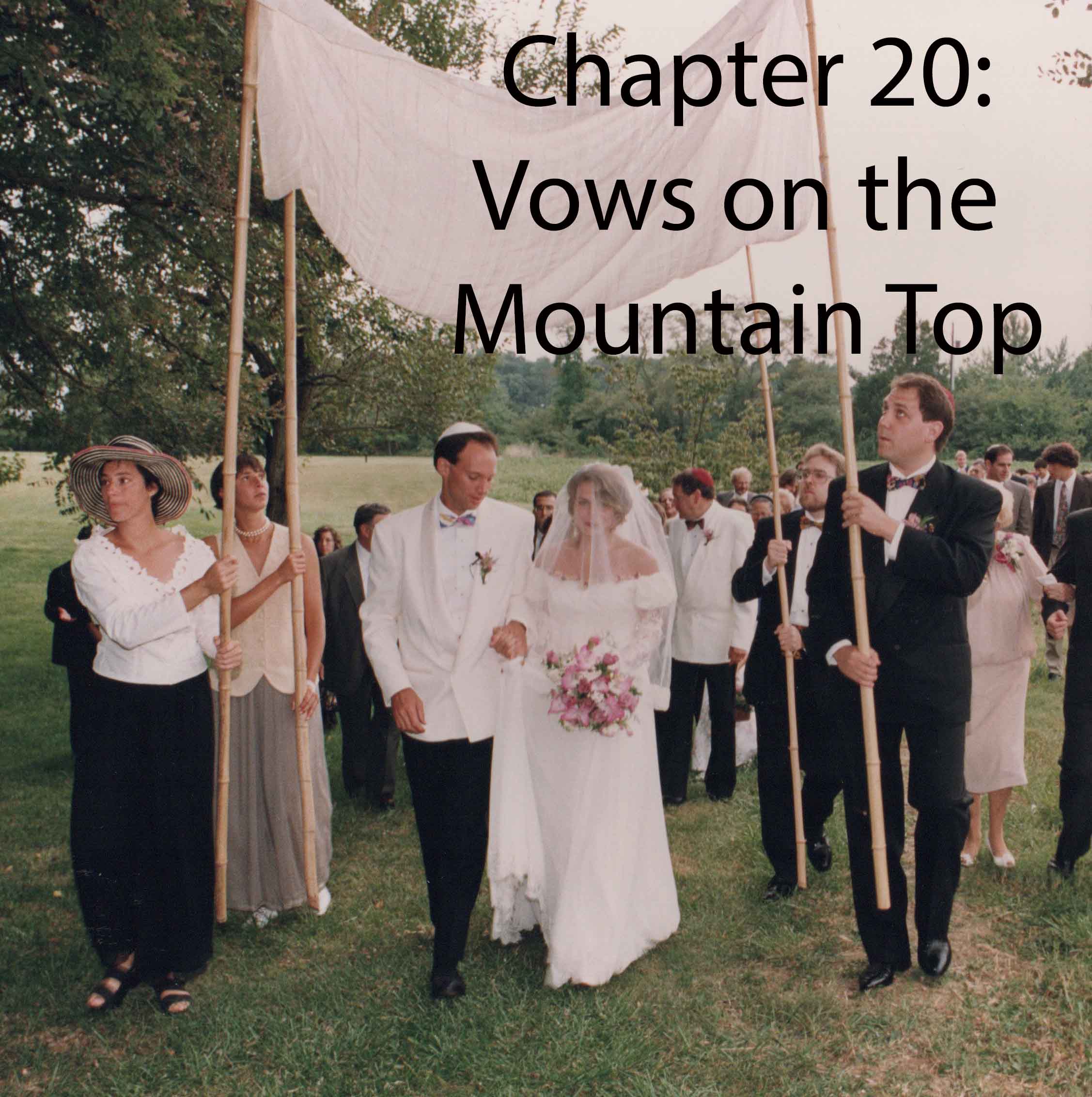
We said goodbye to our Bedouin friends, and headed north toward the border. We were running out of daylight and wanted to reach Israel by nightfall. We again settled into our drive, feeling the warm desert air pass through the open car windows. We held hands and reminisced about the past indescribable week. As we were talking, my eyes started to drift to a distant mountain that stood out among the rest. It was not rugged and red, it was of pure golden sand. It was not the tallest mountain but it stood out like a jewel. As we got closer, we both became more enthralled with its uniqueness. Without a word, I pulled the car to a stop at its base. This sand dune mountain was about 500 feet tall, about as tall as the Washington Monument in DC. The sand was lush and soft, and as you stepped in it, your feet sank in until the sand was well above your ankles. It was also steep, at the critical angle that if you were to disturb it in any way, the surface sand would slide nearly to the bottom. “Should we climb it?” Shereen hesitated, as it was so steep that it looked dangerous. “Let’s try,” I offered. With each large step up the mountain, our feet would slide back downward, netting only a few inches of movement upward. “We’ll never make it up. It looks far, she said.” “Let’s try,” I again encouraged her. Slowly, very slowly, we worked determinedly, scratching our way, holding carefully to the sand so that our progress would only be in the upward direction. When we reached the top, we collapsed in laughter. It was like the entire sand dune mountain was our seat cushion. Across from us stood the Sinai Mountains, stretching from north to south for miles. In the absolute silence that surrounded us, we imagined the children of Israel migrating up through this natural pass between the mountains. It was eerily imaginable to see 500,000 people congregated in this valley.
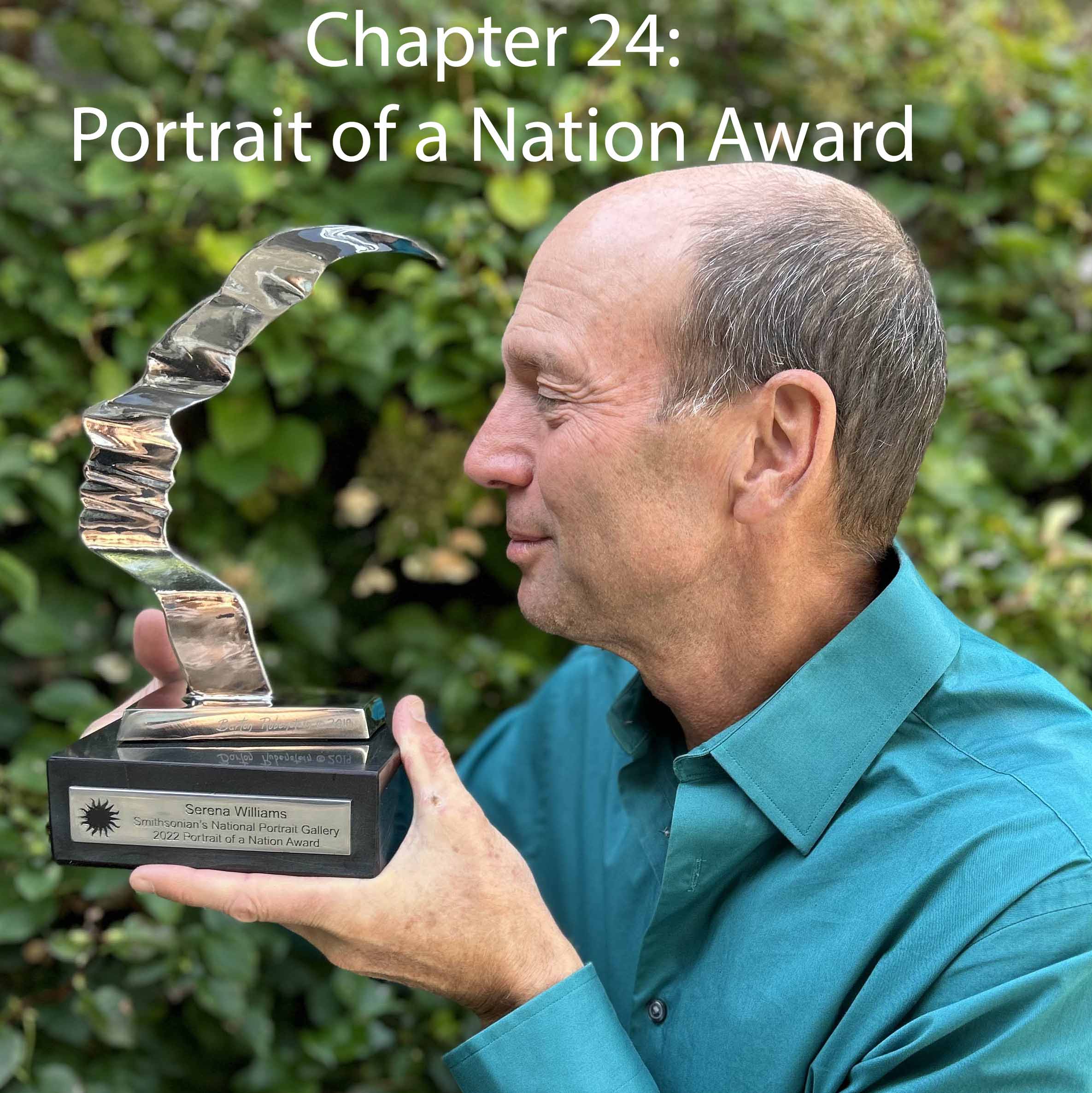
Anne told me she planned to share this portrait with her fellow curators, with the hope of bringing it to the NPG. This began a conversation that lasted a few years, which culminated in a meeting in November, 2013, with the NPG’s new director Kim Sajet. Kim asked me to use my design technique to create a large-scale sculpture to honor a woman, stating that the NPG was filled with only white old men. As a visionary, Kim had the idea to modernize the role of the NPG, to bring in new programs and to celebrate modern-day Americans, both men and women. We began to discuss different women from the past who had contributed to the success of the US. Kim suggested that I think about it and come up with a proposal.
I left her office, and as I stood outside of the beautiful classical building only a stone’s throw from the United States Capitol, I began to imagine one of my sculptures standing prominently outside in front of the museum. What a thrill! Then, in a eureka moment, I realized the woman I wanted to honor… or rather the women. I wanted to honor the mothers and grandmothers of our country; the unsung heroes who have been the backbone and the strength of our nation. In an instant, I realized that I would use my mother’s profile as the model for this sculpture. Suddenly I began to sob uncontrollably. It was a feeling so powerful, that I stood there in disbelief at my emotions. I began to wipe away my tears, but they continued to run for many minutes unabated. I felt my mother’s presence inside me, her loving hand running through my hair, her hugs filled with love and care. I felt her support, her approval, her guidance. But why did it come at that moment, and so strong? All I know is that this sudden feeling of emotion can bubble up from inside without a moment’s notice. It’s as if my connection to my mother is always there, no matter how far away I feel I am from that cold January evening in 1981 when she passed.


